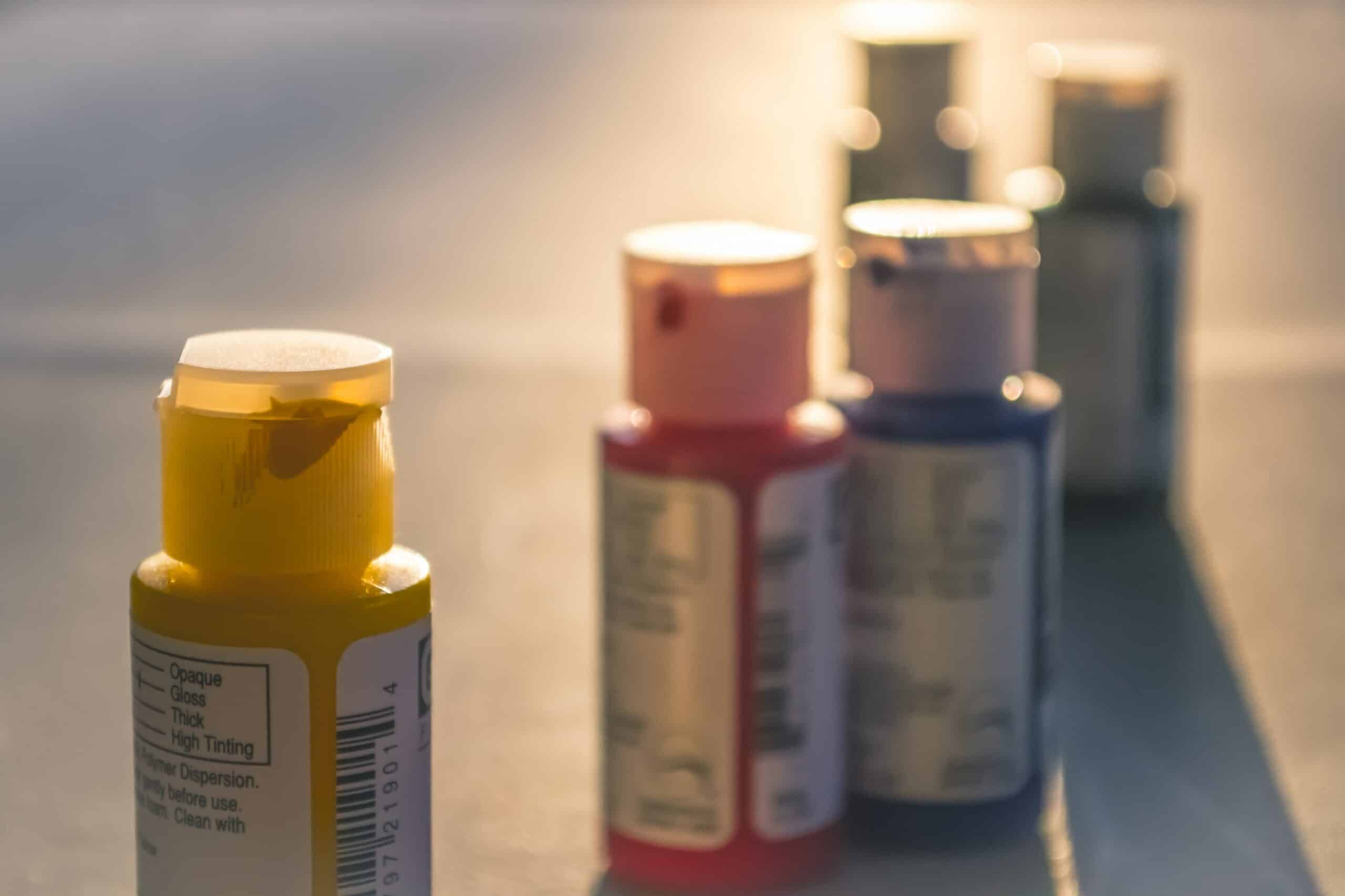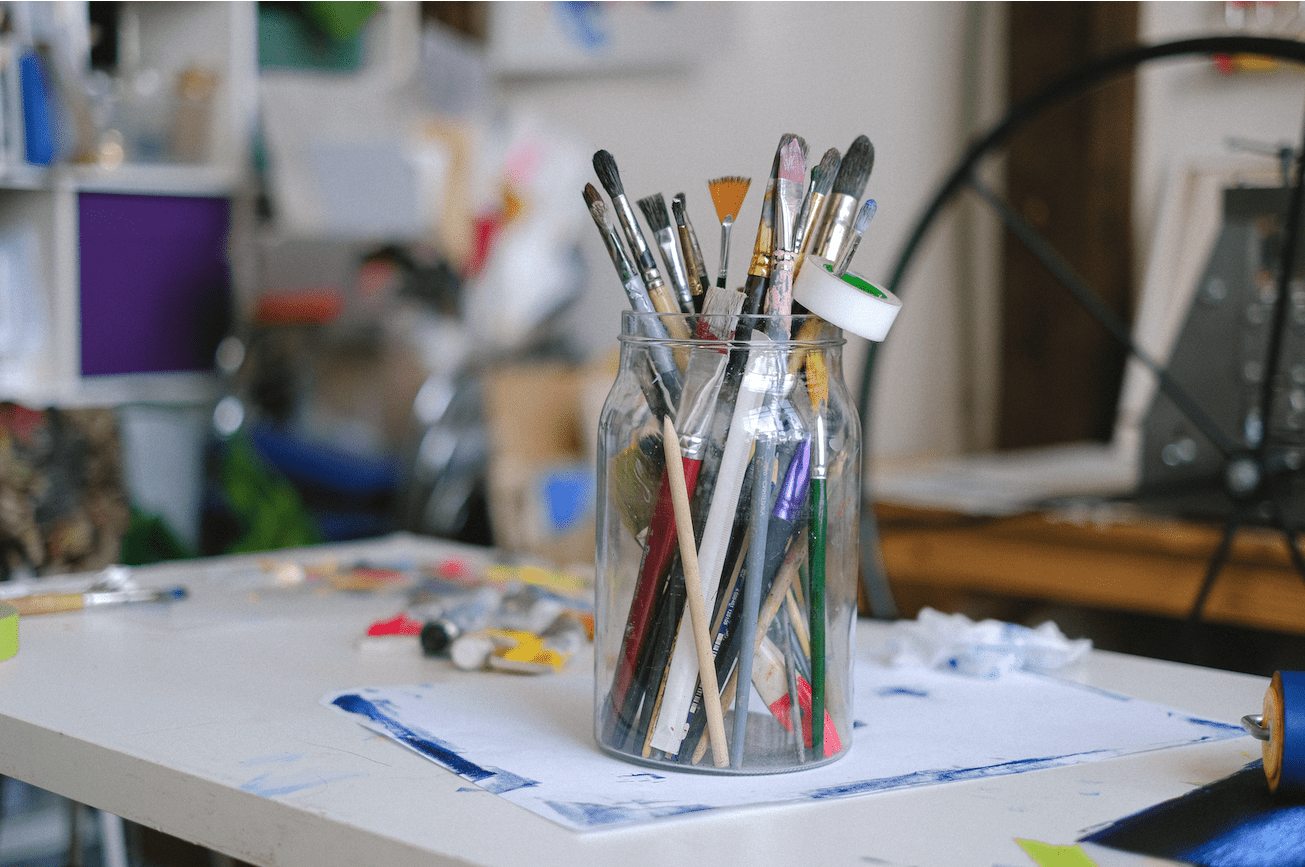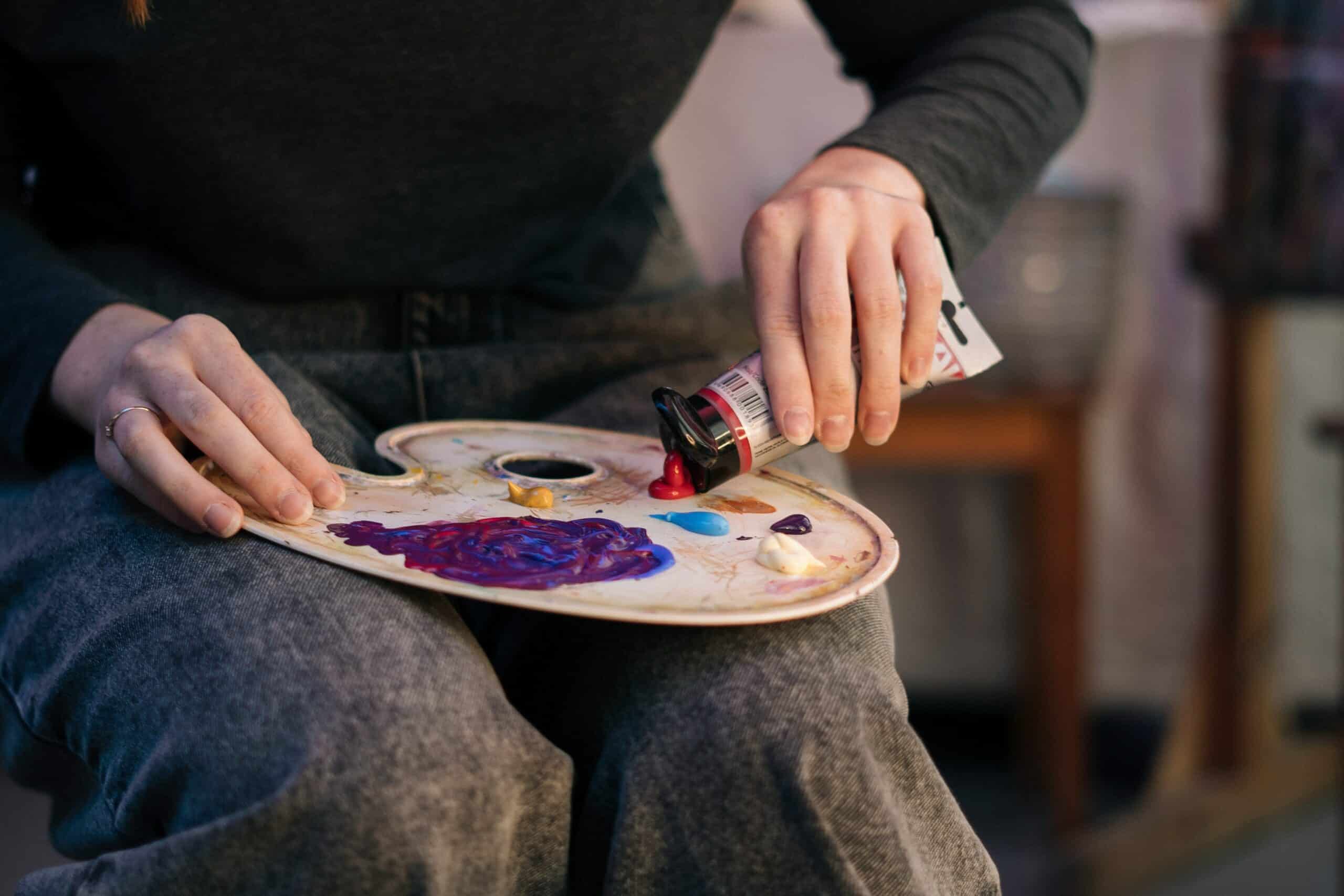Best Acrylic Paint For Plastic Models
Are you looking for the best acrylic paint to use on your plastic models? As an experienced modeler myself, I know that finding the right paint can be a challenge. You want something that will give you great coverage and vibrant colors, all while being easy to apply and long-lasting. In this article, I'm going to help you pick out the perfect paints for your projects!
First off, let's talk about what makes acrylics such a great choice for painting plastic models. Acrylics are incredibly versatile - they're compatible with almost any surface including plastics, metals, silicone, and even wood! They also provide excellent coverage without leaving brush strokes or color gaps. Plus, they dry quickly so you can get back to working on your model in no time.
Finally, it's important to choose the right kind of acrylic paint specifically designed for use on plastic models. That means picking one that won't damage the delicate parts of your project or leave behind residue after drying. With so many options available today, it can be tricky to figure out which paint is best suited for your needs. But don’t worry – by the end of this article you'll have plenty of ideas for choosing just the right acrylics for your next build!
What Is Acrylic Paint?
Acrylic paint is a quick-drying, water-based medium made from pigment suspended in acrylic polymer emulsion. It’s known for its versatility and vibrant colors, making it one of the most popular paints for artists, crafters, and DIYers today. Acrylic paint can be used to create almost any type of artwork on many different surfaces including canvas, wood, plastic, fabric, and ceramic. Unlike oil or tempera paints, acrylics are easy to mix together and clean up with soap and water. This makes them ideal for beginners who may not have experience painting as they require no special solvents or equipment. The best part about working with acrylics is that you can achieve beautiful results without having to wait days or weeks before your painting is dry!

Types Of Acrylic Paint For Plastic Models
When it comes to acrylic paints for plastic models, there are many options available. But some are better than others when it comes to getting the best results. As an experienced modeler, I can tell you that the type of paint used matters a lot in creating a great-looking finished product. So let's take a look at the different types of acrylic paint and what makes them suitable for painting plastic models.
First up is water-based acrylic paint which has become very popular due to its low cost and availability. This type of paint is easy to work with as it dries quickly and cleans up easily with just soap and water. It also goes on smoothly without any brush strokes showing through, making it ideal for beginners who want something simple to use with good results. It’s usually sold in dropper bottles or tubes so you can mix your colors if desired.
Another option is solvent-based acrylic paint which is often favored by more experienced modelers because of its increased versatility compared to water-based versions. Solvent-based paints have greater coverage, adhesion, and opacity than their water-based counterparts, but they require special thinners or solvents like turpentine or mineral spirits for cleaning brushes after use. They come in both airbrush-ready formulas and thicker enamel-like consistencies so you can get the exact finish you desire depending on your project needs.
The last type of acrylic paint we'll cover here is lacquer-based acrylics which offer excellent gloss retention along with fast drying times even in cold temperatures. It’s extremely durable too - far more so than either water or solvent-based products - meaning that your hard work won’t chip off over time from handling or exposure to harsh elements down the road.
The only downside is that this kind of paint requires specialized equipment like an airbrush for application since it must be applied at high-pressure levels for optimal results.
With all these various types of acrylic paints out there for plastic models, it's important to select one that meets your specific needs while giving you great results every time!
Advantages Of Using Acrylic Paint
Acrylic paints have some amazing advantages when it comes to painting plastic models. They are easy to use, affordable, and versatile. Here are just a few of the benefits that make acrylic paint the best choice for your project:
- Easy To Use:
- Acrylics dry quickly and can be applied in multiple layers with minimal prep work. This makes them ideal for novice modelers who don't want to spend hours waiting for each layer of paint or primer to dry before they move on to the next step.
- The colors mix easily so you can create custom shades without having to buy specialty pigments or dyes.
- Clean-up is simple - all you need is soap and water!
- Affordable:
- When compared to other types of paints, acrylics tend to cost less overall. You also get more coverage per ounce since there's no need for solvents like turpentine or mineral spirits which add bulk (and cost) to solvent-based paints.
- They come in larger containers than most other kinds, meaning fewer trips back to the store if you run out mid-project.
- Versatile:
- Acrylics adhere well to many different surfaces including wood, metal, and even glass - perfect for those tricky spots where other types of paint may not stick as well.
- They're available in an array of finishes such as matte, glossy, and satin; allowing you control over the final look of your finished piece.
The advantages offered by acrylic paint make it an ideal choice for any type of modeling project whether it’s a car, airplane, or figure from your favorite sci-fi movie franchise. With its low cost, ease of use, and versatility; using acrylic paint is sure to bring out the best in whatever project you choose! Moving on now to choosing the right acrylic paint for your project...
Choosing The Right Acrylic Paint For Your Project

When it comes to choosing acrylic paint for plastic models, there are a few key factors to consider. First, you’ll want to check the number of colors available in the type of paint you’re looking at. This will help ensure that your project turns out as close to what you envisioned as possible. You'll also want to consider how much coverage each color provides and whether or not it is waterproof when dry. Additionally, pay attention to the drying time of your chosen paints; some may require several hours while others can be handled after only a few minutes.
For projects involving plastic models, look for acrylic paint with good adhesion properties so that it sticks well and won't easily chip off later on. Also, make sure that the finish is suitable for your project - glossy finishes work better for certain types of models than matte ones do.
Pick one that has been specifically formulated for use on plastics since these tend to provide superior results compared to those intended for paper or other surfaces.
Once you have all the information needed about which paint best suits your needs, you’re ready to start painting! Knowing which type works best for your project helps ensure quality results from start to finish. With this knowledge under your belt, you're now prepared to move on to tips for applying acrylic paint effectively on plastic models.
Tips For Applying Acrylic Paint To Plastic Models
Painting plastic models is a rewarding hobby that can transform any model into an eye-catching work of art. According to one survey, over 75% of people who paint plastic models enjoy it so much they continue the pastime for years. As an experienced acrylic painter and hobbyist, I have learned some tips and tricks on how to best apply acrylic paints to your plastic models.
First things first: preparation! Ensuring the surface of the model is clean and free from dust and grease will go a long way toward achieving a successful painting result. Wipe down the area with rubbing alcohol or use a small brush dipped in warm water mixed with dish soap liquid. This will help remove any oils that may hinder the adhesion of the paint later on.

Next, you'll want to prime your model before adding color. Priming your model helps create an even base layer for subsequent layers when using multiple colors. It also increases durability by protecting against chipping and fading due to external elements such as sunlight and weathering conditions. I recommend using both aerosol spray cans and airbrushes for priming; each has its advantages depending on the size and type of project you're working on.
Now comes the fun part - applying color! Start slowly by brushing thin coats onto surfaces until desired coverage is achieved, ensuring there are no gaps between strokes while carefully avoiding runs or sags which can ruin your overall effect. Once complete, leave enough time to let the paint dry completely before moving on to another section or additional layers such as washes or highlights – rushing this step can lead to unwanted effects like smearing or clumping up of paint pigments.
To wrap up, remember that patience yields better results when painting plastic models – taking extra care during each step ensures a professional finish every time!
Transitioning seamlessly into cleaning up after painting requires proper disposal of used materials such as brushes, rags, paper towels, etc., making sure not to harm our environment through careless handling/disposal methods.
Cleaning Up After Painting
Cleaning up after painting a plastic model can be a tricky process. It's important to ensure that the surface of your model is free of any residue or dried paint and that there are no streaks left behind. To do this effectively, you'll need some basic supplies such as warm water, mild dish soap, and cotton balls. You may also want to invest in an airbrush cleaning solution for more difficult areas.

Start by wiping down the entire area with a damp cloth or paper towel. Use gentle strokes so that you don't damage the underlying plastic surface. Once all visible dirt has been removed, mix a few drops of dish soap with warm water and lightly dip the cotton ball into the mixture before dabbing it onto stubborn spots. Make sure not to scrub too hard as this can remove existing layers of paint from your model. Finally, use a clean dry cloth to buff away any remaining soap residue until everything looks nice and shiny again!
Once cleaned up properly, your plastic model should look just like new – ready for another coat of acrylic paint!
Conclusion
As an acrylic paint expert, I can confidently say that using the right kind of acrylic paint makes all the difference when it comes to painting plastic models. With so many different types out there, it is important to take into consideration what type of project you are doing and what your goals are to choose the best product for your needs. No matter which type of acrylic paint you end up choosing, remember that proper preparation and application will lead to a successful result every time.
One potential objection to this advice may be that applying acrylic paints on plastic models requires lots of skill and experience. While this might be true for some more advanced techniques or detailing applications, most basic projects don't require any prior knowledge at all! All you need is a steady hand and patience – if you approach each step carefully and follow instructions closely, anyone can get great results from their model painting endeavors.
No matter whether you’re just starting as a hobbyist or have been building scale models for years, having quality materials like high-grade acrylics is always recommended for excellent results. With its versatility and vibrant colors, it's no wonder why these paints remain one of the top choices for experienced painters everywhere!






